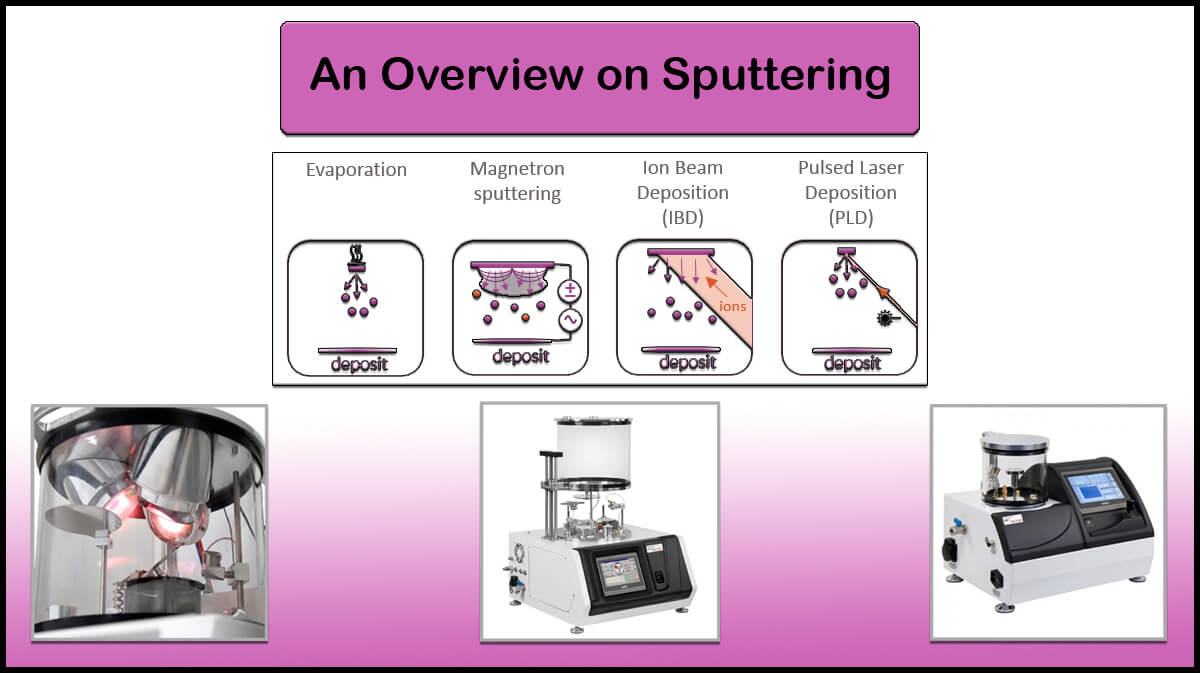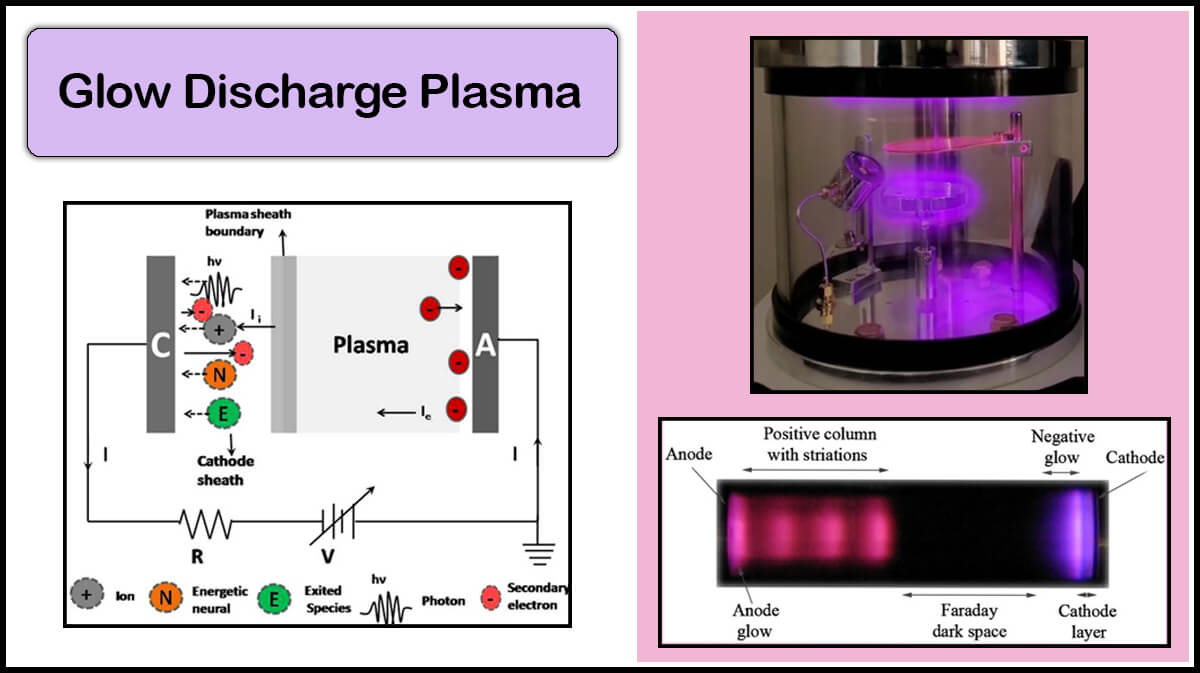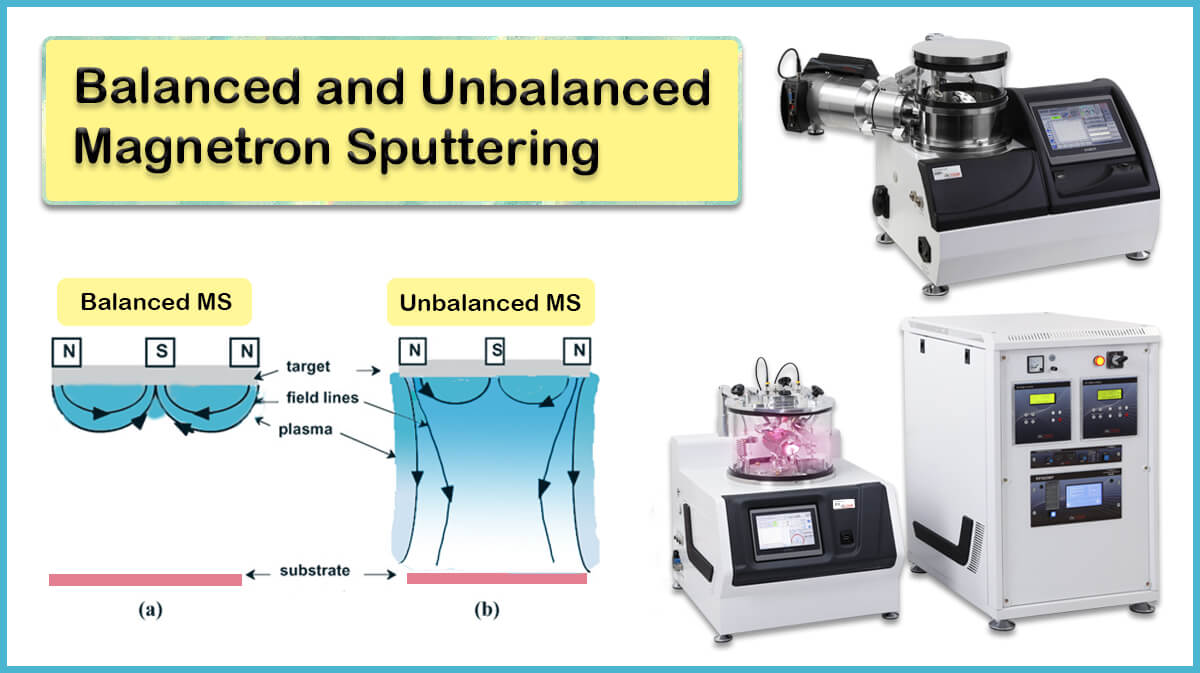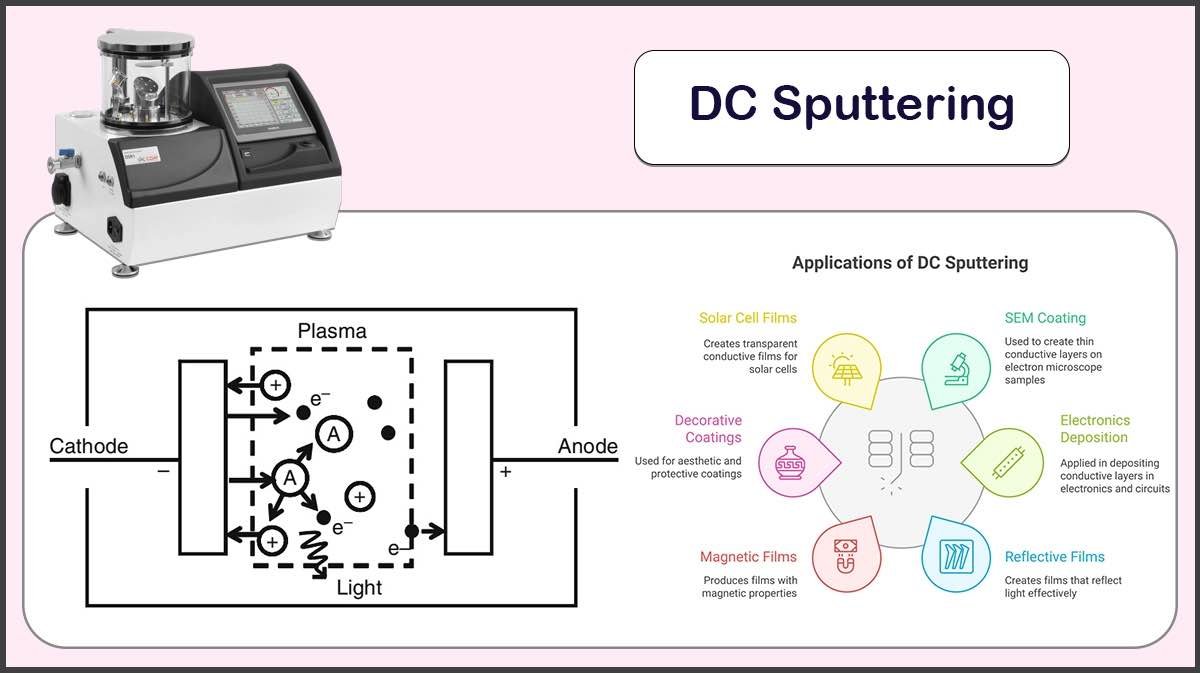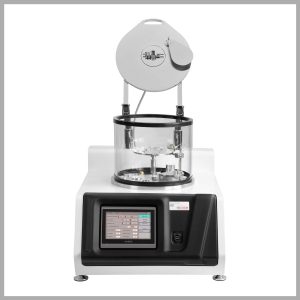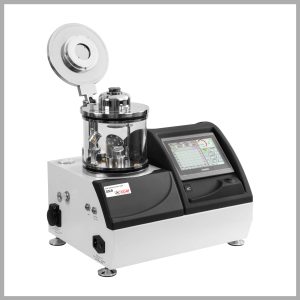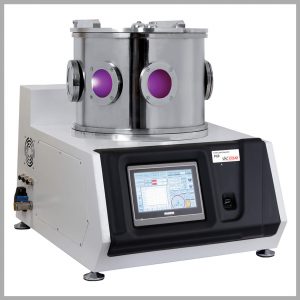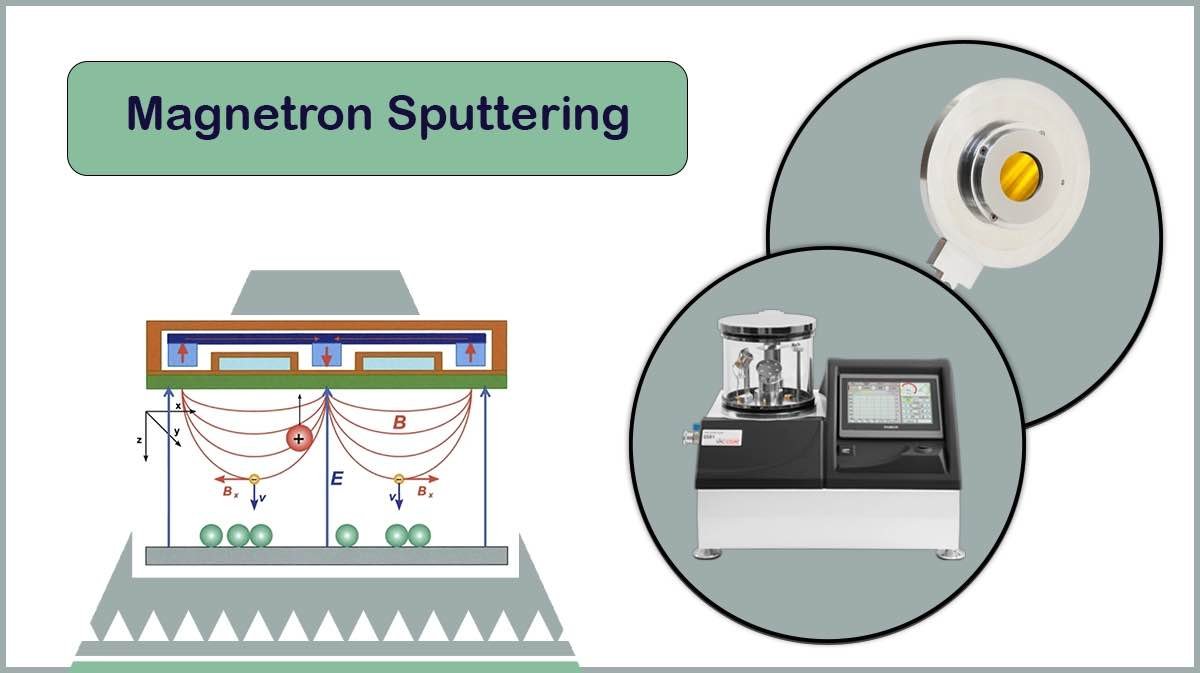
What Is Magnetron Sputtering?
Magnetron sputtering is a subcategory of sputtering deposition in which a magnetron cathode is used to enhance ion-target collisions, thereby intensifying the sputtering and deposition rates. The merits of magnetron sputter deposition over conventional sputter deposition have made magnetron cathodes a vital part of a typical sputtering system.
How Does a Magnetron Sputtering System Work?
The primary component of a magnetron sputter coating system that differs from a typical sputtering device is the magnetron cathode, which contains magnets in various configurations.
These magnets help to sustain a magnetic field over the cathode and the target surface. The charged particles (Electrons and process gas, typically Argon, ions) of the glow discharge plasma created over the target during the sputtering process are trapped in the magnetic field lines generated by the cathode magnets. This helps to elevate target surface bombardment by the energetic ions, resulting in higher removal of the target atoms and higher deposition rate.
Types of Magnetron Sputtering Cathodes
Various magnet arrays, cathode types, and shapes, planar, circular or rectangular, can result in different magnetic fields and sputtering deposition process features, as uniformity and target erosion.
Metal cathodes, oxide cathodes, and Ba-W cathodes are the most common cathode material types that are chosen due to their features, as work function, operating temperature, thermal electron emission, and life-time, according to the required power and frequency of the magnetron sputtering process.
Generation of the magnetic field over the cathode can be performed utilising permanent magnets or magnetic circuits (like coils).
Magnetron Sputter Coating Advantages and Challenges
The magnetron sputter deposition has several advantages due to the constrained plasma in the proximity of the sputtering cathode that elevates ionising collisions close to the target surface. This technique overcomes limitations of the conventional sputtering deposition method, including low deposition rates, low ionisation efficiencies, and substrate heating during coating.
However, magnetron sputtering faces challenges when sputtering ferromagnetic targets, which may interfere with the magnetic field of the magnetron sputtering cathode.
Magnetron Sputtering Techniques and Applications
According to the outstanding features of magnetron sputtering, it can be used to create high-quality functional coatings for research purposes and industrial applications, such as corrosion and wear-resistant coatings, decorative coatings, low-friction coatings, or special coatings with specific optical or electrical properties.
Unbalanced Magnetron Sputtering
Unbalanced magnetron sputtering is named due to the unbalanced distribution of the magnetic field over the cathode surface. This feature can be created utilising uneven magnets ‘spatial configuration, or using adjustable magnetic fields. This method is applicable for controlled erosion of the target to enhance target utility or create highly dense coatings.
Pulsed Magnetron Sputtering
This technique is used to create thin films of oxide materials at high deposition rates, comparable to the metal target sputter deposition.
High-Power Impulse Magnetron Sputtering (HiPIMS)
High-power impulse magnetron sputtering is a thin film deposition method that uses short pulsed-high power density sources to generate highly ionised plasma to produce high-density films with enhanced adhesion to the substrate.
RF Magnetron Sputtering
RF magnetron sputter deposition facilitates the environmentally friendly production of inorganic coatings such as ceramic, glass, and nitride coatings, as well as polymer-based coatings.
Magnetron Sputtering Systems
Magnetron sputtering is a key technique that enhances the conventional sputtering process by increasing both the sputtering and deposition rates at lower chamber pressures.
All Vac Coat single and multi-cathode sputtering devices, such as DSR1, DST1, and DST3, along with hybrid coaters like DSCR and DSCT, incorporate magnetron cathodes to support high-quality sputtering deposition for rapid thin film production.
Some of Vac Coat's Products
References
- Kelly, Peter J., and R. Derek Arnell. “Magnetron sputtering: a review of recent developments and applications.” Vacuum 56.3 (2000): 159-172.
- Janarthanan, B., et al. “Basic deposition methods of thin films.” Journal of Molecular Structure 1241 (2021): 130606.
- Kylián, Ondřej, et al. “Magnetron sputtering of polymeric targets: From thin films to heterogeneous metal/plasma polymer nanoparticles.” Materials 12.15 (2019): 2366.
- Liu, Zheng, et al. “Cathodes in magnetrons: A review.” MetalMat 1.2 (2024): e14.
- Bräuer, G. “Magnetron sputtering.” (2014).
- Bräuer, 4.03 – Magnetron Sputtering, Comprehensive Materials Processing, Elsevier, 2014, Pages 57-73, ISBN 9780080965338, https://doi.org/10.1016/B978-0-08-096532-1.00403-9.
- Park, Jang Sick, et al. “Cathode unit of magnetron sputter for high target utilization.” Molecular Crystals and Liquid Crystals 514.1 (2009): 201-531.
- https://en.wikipedia.org/wiki/Sputter_deposition
- https://angstromsciences.com/sputtering-magnetron
- https://en.wikipedia.org/wiki/High-power_impulse_magnetron_sputtering

